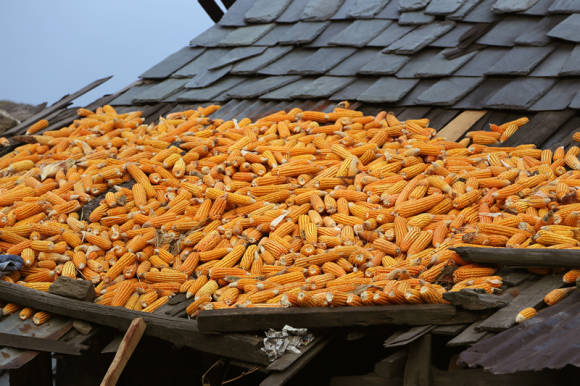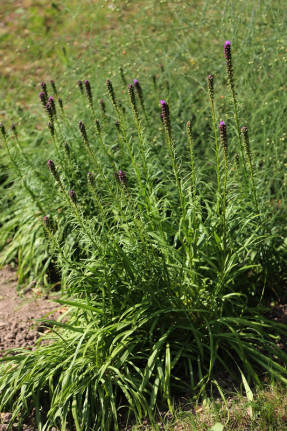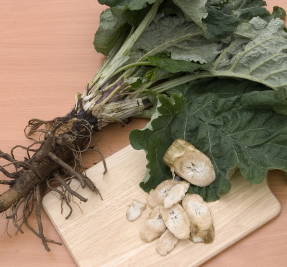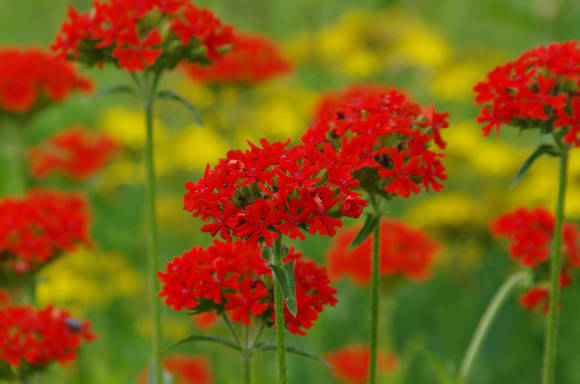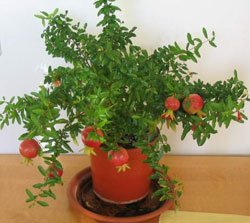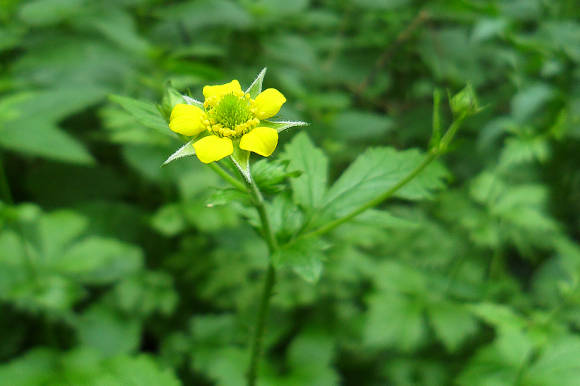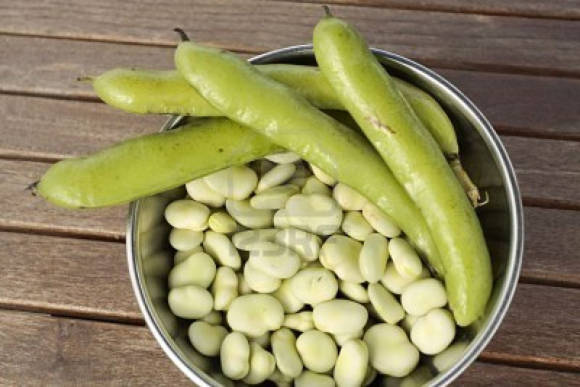Russian gardeners and summer residents rarely find tigridia. But in vain! Indeed, in most countries of the world, this plant is no less popular than gladiolus. And it got its name because of the colorful pattern in the center of the flower.
Tigridia belongs to corms. Its stem can be branched or simple, depending on the species. And the light green leaves of the xiphoid shape look folded. The greens of tigridia are not devoid of grace: sharp lanceolate leaves form numerous folds.
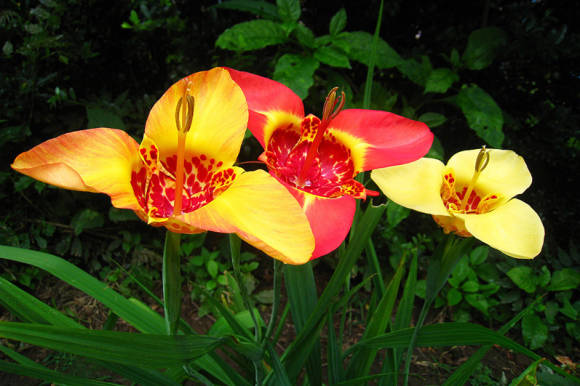
One or 2-3 flowers are located at the top of the peduncle. They are not durable - each lives only 8 hours in the morning. However, in general, the group of tigridia will retain their decorative effect for a long time, since new flowers bloom every day for a month and a half, starting from mid-July.
The opened flower resembles an exotic, unusual tulip of white, yellow, orange, pink, lilac-red color with a variegated speckled center. Only lilies and irises can compete with tigridia in the beauty of the flower itself. Flowers are located on strong straight or branching stems 25–65 cm high, in some varieties more than a meter. The flowers are decorated with a speckled cup-shaped center with carmine, red, yellow or pink spots and stripes. In large specimens, it can reach a diameter of 6 cm.
To grow tigridia, it is necessary to choose well-lit areas, protected from the cold wind, because it does not tolerate recurrent frosts.
Plants need fertile, loose, moderately moist soil, with a neutral reaction. Tigridia grows well on loamy and sandy soils. The soil for planting is prepared in advance, introducing humus, peat, compost or manure, as well as ash and mineral fertilizers, acidic soils into it during digging. Excess moisture and stagnant water can destroy the corms of tigridia, therefore, when planting in the soil or holes under the bottom, add sand or vermiculite.

Corms are planted at the end of the third decade of May, then the leaves will appear above the ground after the return cold weather. Planting earlier is also possible if you can protect the sprouts from frost. It is undesirable to plant later, because the bulbs will dry out irreversibly. Large bulbs are planted to a depth of 8 cm, small ones are planted closer to the ground. When planting, a distance of 15 cm is left between the plants.
For earlier flowering and obtaining a full-fledged corm by the next year, especially in the northern regions, the tigridia is preliminarily grown for one or two months. Corms are planted in pots with a drainage hole and kept on the windowsill in the room. Before the arrow appears, the pots with tigridia are occasionally watered, and after the arrow appears, the watering is increased. In mid-April, pots with seedlings are taken out on a glazed balcony or in a greenhouse. In open ground, the grown tigridia is planted together with a lump of earth, without disturbing its roots.
Caring for young plants resembles caring for gladioli and consists in watering, especially in hot weather, periodic feeding, loosening, weed control, prevention and control of diseases and pests.
Water the tigridia with warm water deeply, so that the water reaches its roots. Shallow watering is harmful to the plant. To reduce the number of waterings, as well as warm up the soil in early spring and autumn, protect against drought, improve the quality of flowering, mulching the soil around the plant with peat, dry grass, sawdust, etc. will help.
Tigridia is fed every 10-15 days. The easiest way is to apply a complex soluble fertilizer. It is applied at the root, combined with watering, or foliar feeding is carried out on the leaves. Flowering depends on the supply of nutrients to the bulbs.
Usually the plant forms strong stems and does not need to be tied up.But sometimes, especially when growing, you cannot do without supports - tall thin stems can be broken by the wind.
During the growing season, wilted tigridia flowers are removed so that seeds do not form and the corm is not depleted. When the main peduncle fades at the end of summer, dormant buds begin to wake up from below. New shoots have time to grow from them, and secondary flowering begins in September.

In the fall, you need to take care of the ripening of the tigridia corms. To do this, at the end of August with early flowering, or at the beginning of September with late flowering, remove all faded flowers and buds. During this period, replacing corms of plants (3-5 corms) begin to form actively. In order to extend the growing season of tigridia and give the opportunity to better ripen these corms, with the onset of frost, the tigridia is covered with lutrasil, and planted in a container is transferred to the veranda.
At the end of September, the nests of tigridia corms formed are dug up for winter storage. Its stems are cut off, and the corms are laid to dry without dividing the nests. Within 2 weeks, corms are kept at room temperature in a ventilated area. After the dried roots and leaves are cut off, leaving 2-3 cm hemp near the leaves. Corms are treated with any fungicide, for example, 0.7% foundationol emulsion or garlic infusion (0.5 kg per 1 liter of water). After that, the corms are additionally dried for 7-15 days.
Prepared corms are placed for storage, without disturbing the nests, in dry sand and stored in a cool dry place at a temperature of + 4 + 6 ° C. If the storage place of the corms has high humidity, the corms are provided with air access and ventilation, for example, they are suspended in a nylon mesh.
In the spring, 3-5 days before planting, the nests of the tigridia are disassembled into corms, and after the break points have dried, they are planted in open ground, containers or pots for growing.
Tigridia is most effective when planted in a group, separately from other plants, especially against the background of a lawn or conifers, as well as near a reservoir, a single stone. Good in flowerpots and any other containers.
